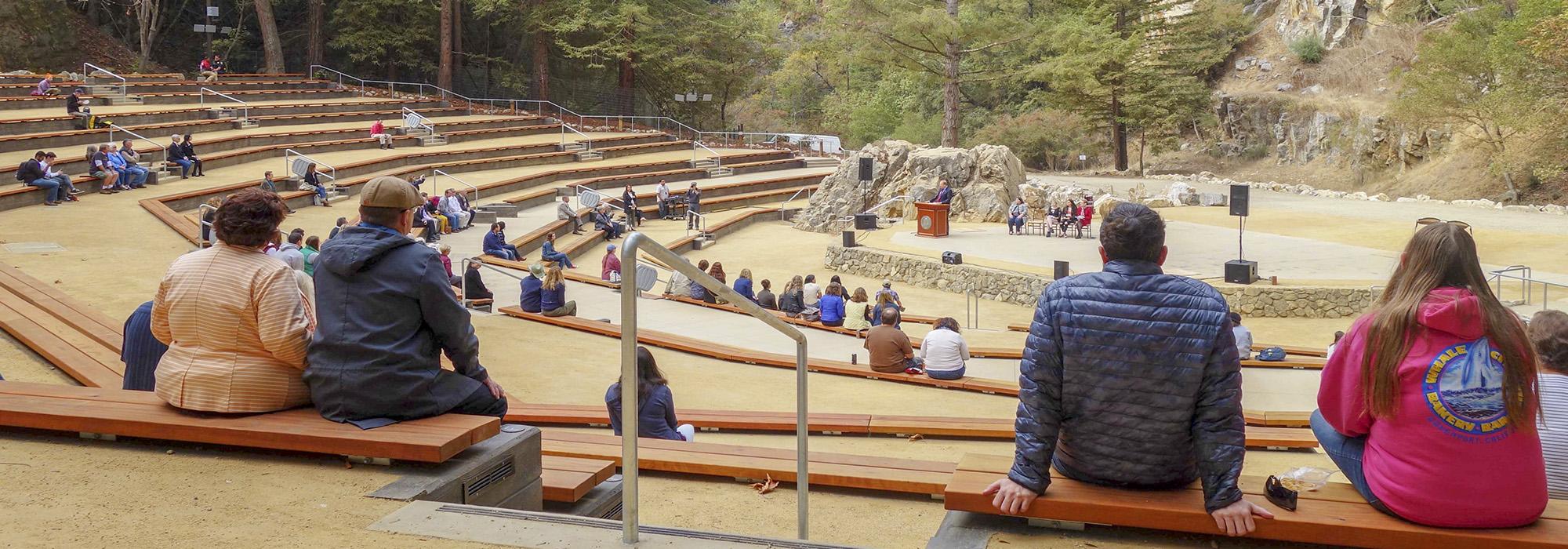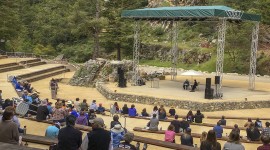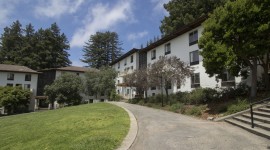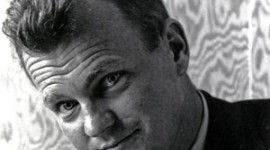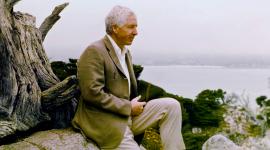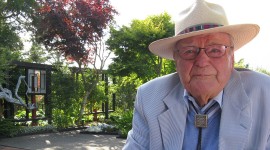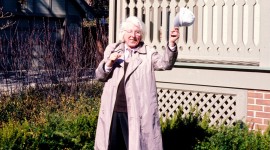Quarry Amphitheatre at U.C. Santa Cruz Restored to Former Glory
The Quarry Amphitheatre at the University of California at Santa Cruz (UCSC) has been reopened after the completion of an $8 million rehabilitation project. The project was largely supported by the university’s Student Fee Advisory Committee (SFAC), which recommended that $6.4 million in student fee reserves be allocated to move the effort forward, while alumni, faculty, staff, and donors also pitched in to cover the deficit. Nestled amid redwoods and rocky outcroppings at the heart of the campus, the amphitheater dramatically showcases the connection between the university and its natural landscape. The project focused on restoring the space and improving accessibility and safety, as well as operational upgrades to enhance performances, special events, and daily use. Seating has been expanded (to now accommodate 2,000 people), and stairs, ramps, handrails, and lighting have been improved.
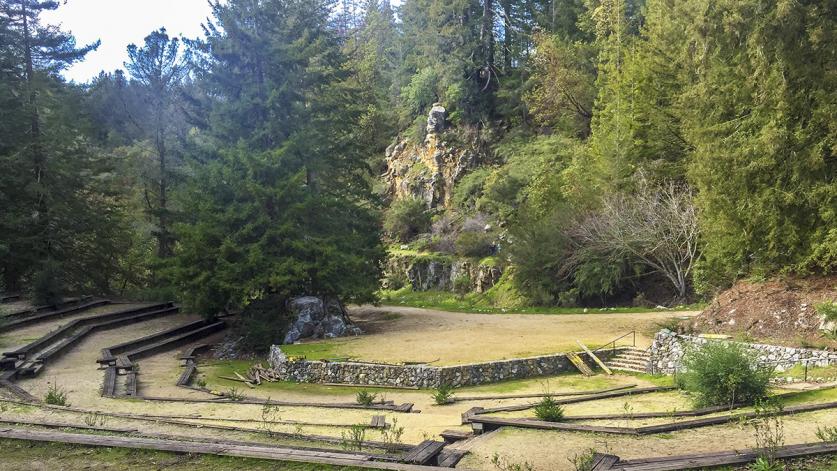
Once part of the Cowell Ranch Lime Works (a major supplier of lime to San Francisco after the Gold Rush), the cavernous setting was envisioned to become an outdoor theatre in the 1956 master plan for UCSC by landscape architect Thomas Church, who laid out temporary seating on the quarry floor for the 1966 inauguration of the university’s first president. Later designed in 1967 by the Modernist landscape architect Robert Royston (on Church’s recommendation), the amphitheater, with its asymmetrical terraces and park-like character, blended seamlessly with the site’s topography. The space abstracted the conventional theatre layout into diverging rows of redwood seats and meandering stairs, following the irregular geometries of the quarry bed. The sequence of movement through the site was deliberately choreographed to focus on the surrounding natural features, and the seating was oriented towards the 100-foot-high quarry wall. The stage was deliberately located between an existing boulder and two towering redwoods. Royston believed the large boulder at the edge of the stage was key to establishing the theatre’s geometry, and he prevented its removal even though it obstructed views of the stage from some seats.
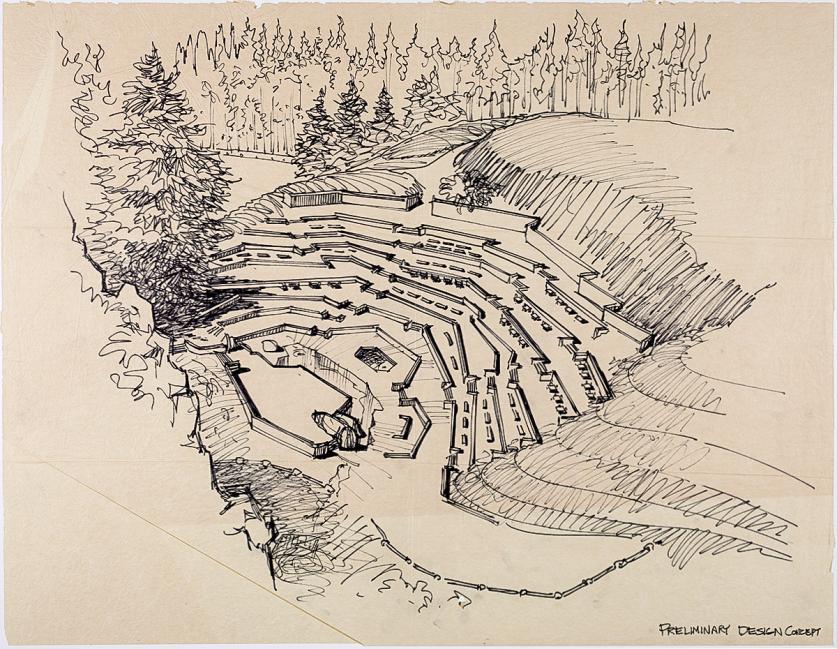
After the amphitheater was complete in 1967, it quickly became the center of campus life, hosting graduations, concerts, and speakers ranging from Angela Davis and Cesar Chavez to Buckminster Fuller and Joan Baez. However, the redwood seats and steps had since deteriorated significantly, and the venue had fallen into disrepair. Events were discontinued entirely in 2006.
TCLF added the Quarry Amphitheatre to its Landslide program in 2016 after a proposal was forwarded (initially in 2013) to make repairs and increase the seating capacity in a way that would have destroyed Royston’s original design and removed several redwood trees. Fortunately, the students and administration eventually supported a rehabilitation plan that maintains the geometry and materials of the original design while addressing accessibility issues and meeting current building-code requirements.



